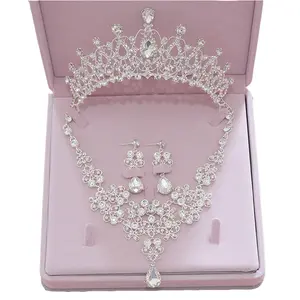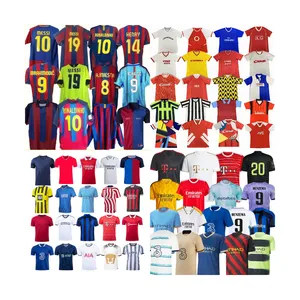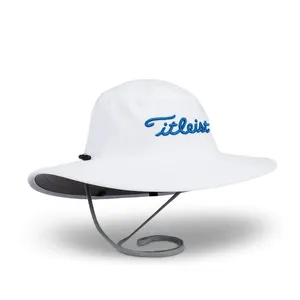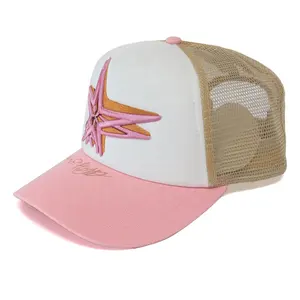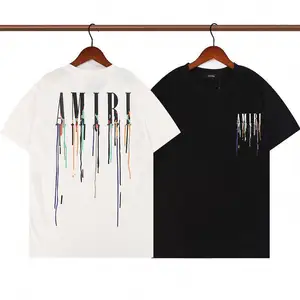Popular in your industry


























































Top categories
About raise rubber print t shirt
In a world where brand identity is paramount, the tactile allure of raised rubber print T-shirts offers a unique opportunity to make a lasting impression. This innovative method not only adds a three-dimensional aspect to your brand's visual appeal but also invites interaction through its distinctive texture. As we delve into the emergence and benefits of raised rubber print technology, we uncover how this technique can revolutionize branding strategies and merchandise design. From the durability of the prints to the versatility in customization, raised rubber print T-shirts are transforming the landscape of promotional apparel. Join us as we explore how to harness the potential of this printing method for your brand's narrative.
The Emergence of Raised Rubber Print T-Shirts
The concept of raised rubber print T-shirts finds its roots in the rich history of T-shirt printing, which has evolved significantly over the years. The technique of screen printing, a staple in the T-shirt printing industry, laid the groundwork for various specialized printing methods, including raised rubber printing. This method, known for its distinctive texture and durability, leverages the advancements in ink technology, such as plastisol, which emerged in the late 1950s. Plastisol ink's durability and stretchability opened new avenues for T-shirt design, allowing for more intricate and tactile prints. Raised rubber printing emerged as a popular choice for its unique feel and the ability to stand out, making it a preferred technique for branding and fashion statements. The versatility of screen printing paved the way for this innovation, as it accommodated various inks and treatments, enabling the creation of raised effects that are both visually striking and pleasant to touch.
Understanding Raised Rubber Printing Technology
Raised rubber printing, a technique utilized in flexographic printing, involves the use of cylinders and raised rubber plates to transfer ink onto various substrates. This method is renowned for its efficiency and suitability for both low and high-volume print runs. The core of this technology lies in the flexible printing plates that adapt to the substrate, enabling a consistent application of ink in a high-speed rotary process. The adaptability of the printing plates makes it possible to create intricate designs and patterns, which is particularly beneficial for branding purposes such as on t-shirts where distinctiveness is key.
Benefits of Raised Rubber Print for Branding
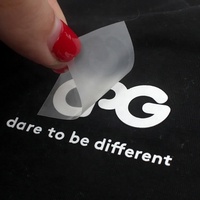
Raised rubber printing, as seen on various clothing items, offers a distinct tactile experience that can significantly enhance brand recognition. This printing method creates a 3D effect that makes logos and designs stand out, providing a unique aesthetic appeal. The texture of raised rubber prints adds a dimension of touch to the visual branding, which can help a brand remain memorable in a competitive market. Moreover, the versatility of this printing technique allows for a wide range of design possibilities, from intricate patterns to bold brand statements. The durability of rubber prints ensures that the branding remains intact and prominent even after multiple washes, maintaining the brand's image over time. Incorporating raised rubber prints into merchandise can be a strategic move for brands looking to differentiate their products and leave a lasting impression on their customers.
Design Versatility and Customization
Raised rubber printing on T-shirts offers a unique avenue for creative expression and brand differentiation. This technique allows for a 3D effect that adds texture and depth to garment branding, making logos and designs stand out. The versatility of rubber printing is evident in the variety of applications, from bold, simplistic designs to intricate, detailed imagery. Customization is a key advantage, as this method can accommodate a wide range of design preferences, catering to various aesthetic and branding requirements. Whether it's for casual wear or promotional merchandise, raised rubber printing can be tailored to suit the specific needs of any brand, offering a durable and tactile branding solution.
The adaptability of raised rubber prints is not limited to design alone but extends to the types of garments they can enhance. From classic cotton T-shirts to performance wear, the rubber printing method adheres well to different fabric types, maintaining the integrity of the design through countless washes. The process of creating these raised prints involves layering silicone or PVC materials, which can be mixed with colors to match brand palettes, further emphasizing the custom nature of this printing method. This level of customization ensures that each piece of apparel reflects the brand's identity and message with clarity and impact.
Durability and Quality of Raised Rubber Prints
Durability is a crucial factor in the longevity and appearance of printed apparel. Direct-to-Garment (DTG) printing has made significant strides in this area, with modern DTG prints capable of withstanding numerous washes while maintaining their integrity. This is a testament to the advancements in ink and printing technology that have occurred over the years. Similarly, screen printing is renowned for its lasting quality, provided the ink is applied and cured correctly. Plastisol, the ink commonly used in screen printing, is known for its robustness, contributing to the longevity of the print. These insights into the durability of print methods can inform the discussion on the resilience of raised rubber prints, which are valued for their tactile texture and long-lasting wear. Raised rubber prints, like screen printing, require precise application and curing to ensure that they endure the rigors of wear and washing, making them a durable choice for branding and design on T-shirts.
Incorporating Raised Rubber Prints in Your Merchandise
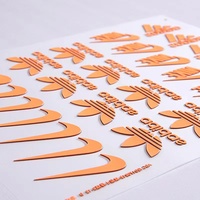
Incorporating raised rubber prints into your merchandise offers a distinctive aesthetic that can elevate your brand's visibility. This technique involves creating a 3D effect on the fabric, giving the design a tactile quality that stands out. The process is versatile, allowing for a range of designs from simple logos to intricate patterns. Raised rubber printing is particularly effective for branding as it adds a premium touch to the garments. When selecting this type of embellishment for t-shirts, consider the overall design and how the raised effect can enhance the visual impact of your brand's message.
The durability of raised rubber prints is notable, as they withstand numerous washes without fading or peeling, ensuring that the brand's image remains intact over time. This longevity makes it a practical choice for merchandise that needs to maintain its appearance despite regular use. Additionally, the technology behind raised rubber printing has evolved, allowing for more detailed and colorful designs that can match the specific branding requirements of any business.
When looking to integrate raised rubber prints into your merchandise, Alibaba.com offers a wide array of options. The platform features manufacturers who specialize in this printing technique, providing a variety of materials and customization options to suit different branding needs. It's important to choose the right material for your t-shirts to ensure that the raised rubber adheres well and maintains its quality. With Alibaba.com, you can navigate through a selection of suppliers to find the perfect match for your raised rubber print t-shirt requirements.
Choosing the Right Material for Your T-Shirts
When selecting the ideal material for t-shirts intended for raised rubber printing, it's essential to understand the different fabric types available. Cotton t-shirts are a common choice, known for their ability to showcase ink colors vividly, making them suitable for this printing technique. However, they may not always be the softest option, and the feel can vary between manufacturers.
Poly-cotton blends offer an alternative, combining the benefits of both polyester and cotton. Polyester's resistance to heat, water, and wrinkles, along with its tear-resistant properties, can enhance the durability of the t-shirt. Additionally, the inclusion of polyester provides extra stretch, which can contribute to the overall comfort of the garment.
Tri-blends, which mix cotton, polyester, and rayon, bring another dimension to t-shirt materials. Rayon, made from organic materials like wood pulp, can emulate the feel of silk, wool, linen, or cotton. This versatility in texture and the unique softness of tri-blends make them an excellent backdrop for raised rubber prints, although they are generally at a higher price point.
Other materials such as bamboo, viscose, and hemp also present unique qualities. Bamboo's moisture-wicking and anti-bacterial features make it suitable for active wear, while viscose offers similar benefits with its moisture-wicking capabilities. Hemp stands out for its comfort and environmental benefits, absorbing carbon dioxide. Each of these materials can affect the final look and feel of raised rubber prints, and their distinct characteristics should be considered in the selection process.
Navigating the Marketplace for Your Raised Rubber Print Needs
Navigating the marketplace for your raised rubber print needs is straightforward. The platform connects buyers with a diverse range of suppliers and manufacturers, offering a plethora of options for raised rubber print and custom clothing tags. These elements are essential for the fashion industry, serving not only as identifiers of brand, size, and care instructions but also as tools for enhancing brand recognition. Custom clothing labels are a key asset for retailers, designers, and apparel businesses, helping to distinguish their products in a competitive market.
For those looking to incorporate raised rubber prints into their merchandise, the platform provides access to various types of labels such as blank tags, printed price tags, and size tags. The platform also caters to DIY enthusiasts with offerings like name labels for clothes, clothing label stickers, and iron-on labels. This variety ensures that whether for professional branding purposes or personal projects, there is a label solution available to meet the specific needs of every customer.
Conclusion

Raised rubber print T-shirts stand at the intersection of innovation and tradition, offering brands a dynamic way to showcase their identity. The emergence of this technology has given rise to a new era of branding, where the tactile experience of merchandise can leave a memorable imprint on consumers. With the ability to withstand the test of time and maintain quality through numerous washes, raised rubber prints offer a durable solution for brand visibility. The versatility in design and material choice, from cotton to tri-blends, allows for a tailored approach to merchandise that resonates with a brand's unique voice. The ease of sourcing these custom solutions has made it more accessible than ever, providing a vast selection of materials and customization options. In conclusion, integrating raised rubber prints into your brand's merchandise is not just about making a statement—it's about creating an experience that touches the senses and reinforces the brand's presence in a competitive marketplace.
